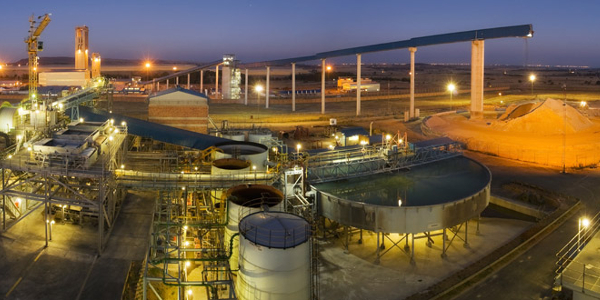Lean and tech savvy: How miners can change the game and emerge stronger
The mining industry faces some of its biggest challenges in years as waning global demand has led to the fall in prices for everything from coal and iron ore to copper and nickel. Dwindling profits have already led to mine closures and worker layoffs. And 2016 looks like it will show no relief.
Many industry experts speaking at the Investing in African Mining Indaba last week argued that this is just another cycle that will eventually end. But to survive and emerge stronger, mining companies will need to change the way they have traditionally operated.
In a recent report, Deloitte suggests strategies miners can pursue to achieve operational excellence, buck the trend and emerge stronger and more efficient.
Learning from other industries
In times of trouble, mining companies need to increase productivity and lower operational costs, and Deloitte suggests they learn from the best practices of other industries, such as the automotive sector.
The Ford Motor Company, for instance, lost over US$12bn in 2006 due to a collapse in consumer demand, but was posting profits ranging from $6.2bn to $8.3bn between 2011 and 2014. The report notes this was in part due to strategies such as taking control of end-to-end supply chains; working with unions to develop a shared vision for success; embracing emerging technologies like hybrid and electric vehicles, and offering generous voluntary separation packages (like healthcare costs covered by an early retirement programme).
“Although there are many differences between the automotive and mining sectors as there are similarities, forward-thinking miners can likely make unanticipated productivity gains by taking lessons from this example – including reforming industrial relations, co-opting suppliers into the cost equation in an effort to extract every efficiency, and shifting from traditional command-and-control hierarchies into a world of matrix or networked structures where human ingenuity is not overly hampered by rigid processes.”
Adopting lean practices
Continued investment in new technologies and lean practices is one way to improve productivity and lower costs in the long run. For example, some companies have realised energy savings of between 10-40% by investing in renewable energy solutions and deploying technologies to optimise energy consumption.
Further gains could also be found in restructuring the corporate and operational model. For example, companies can realise cost benefits from outsourcing back-office activities such as finance, human resources, procurement and IT.
Other strategies include supply chain optimisation, data integration, improving capital allocation, sharing infrastructure and resources, using predictive analytics to strengthen working capital efficiency, and placing a focus on accountability by embedding operational excellence into corporate culture.
Reforming labour relations
With labour making up a large portion of operational costs, miners might look to mechanisation which could negatively impact employment. And in light of recent job cuts in countries such as South Africa and Zambia, this could trigger serious social backlashes as local communities react to a “perceived breach of trust”, notes the report.
To reform labour relations, all stakeholders will need to be involved in developing a shared vision for the future. Unions must articulate expectations beyond just wages to include standards of living, job rates and family welfare, while miners must be able to clearly measure and report on the impact of their social spend. And governments should ensure labour legislation reflects evolving realities.
Miners can also help displaced employees access new training opportunities, while the remaining labour pool should be able to attract better wages due to enhanced productivity.
Embracing game-changing innovations
Mining companies also need to evolve in the way they operate. To achieve this, they will have to retain leaders who can institutionalise innovation and keep an eye on cross-sector developments.
Deloitte’s report reveals that many miners place most of their innovation focus on technological optimisation of old techniques to reduce costs and discover deposits more efficiently, but adds they also need to consider new ways to configure and engage externally. This might mean adopting game-changing technologies that only show benefits over a period of time.
Medical gene research has created genomic mining solutions, such as the use of microorganisms to clean sites contaminated by metal leaching and drainage, and mitigate environmental threats to biological diversity.
Wearable technologies (such as the Apple Watch) also offers solutions for the industry. By incorporating advanced electronic technologies into clothing and accessories, miners can track truck driver fatigue or pinpoint the exact location of underground miners. This can improve worker safety and even allow operators to only ventilate, heat or cool occupied areas of the mine to reduce electrical costs.
And Hybrid Airships, such as those developed by Lockheed Martin, can help mining companies haul heavy cargo to and from hard-to-reach areas at a fraction of the cost of heavy-lift helicopters.
The internet and other technological advancements can also offer benefits to savvy companies. Crowdsourcing platforms can be used to encourage development of innovative solutions, while mobile and social technologies can improve workforce communication and engagement. Enhanced asset management tools and 3D printing already reduce delays caused by unplanned maintenance, as well as the need to keep costly inventories.
“To generate benefits from innovation and make changes in how they do business, organisations must do more than simply talk about innovation,” continues the report.
“They must also determine their innovation focus, develop innovation strategies, tap into ecosystems and align their organisation’s systems and processes to drive innovation.”


